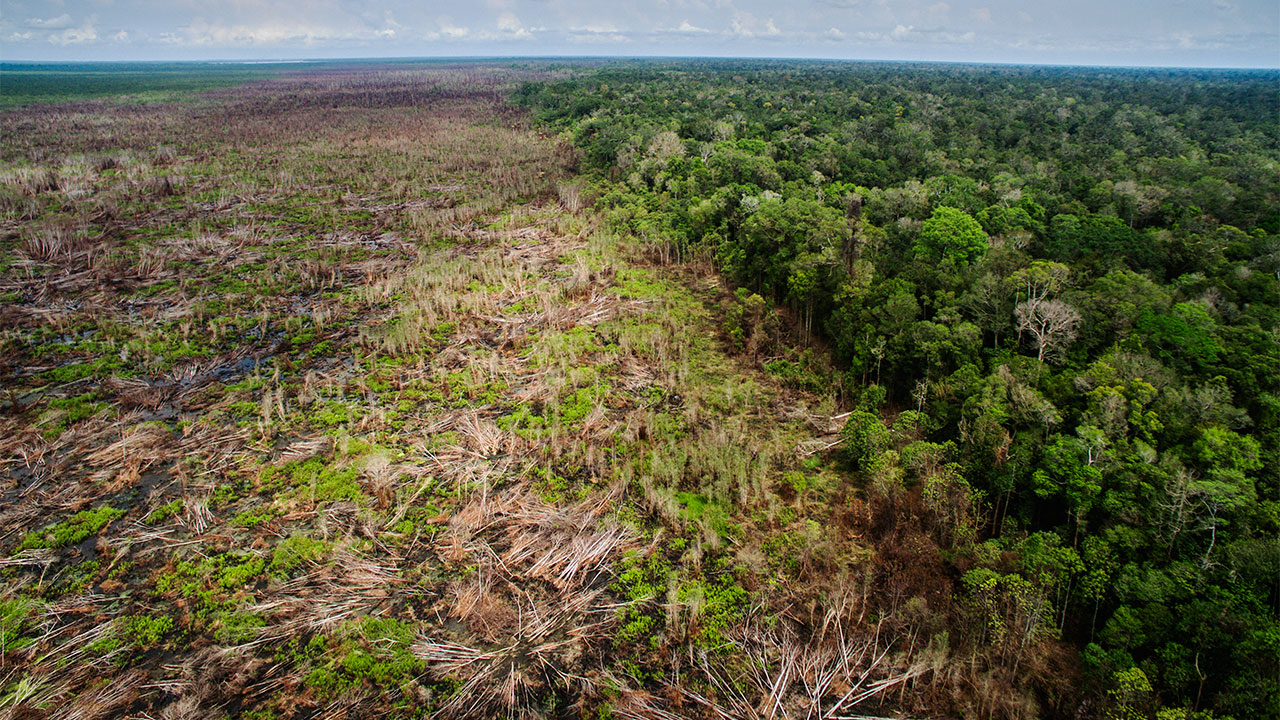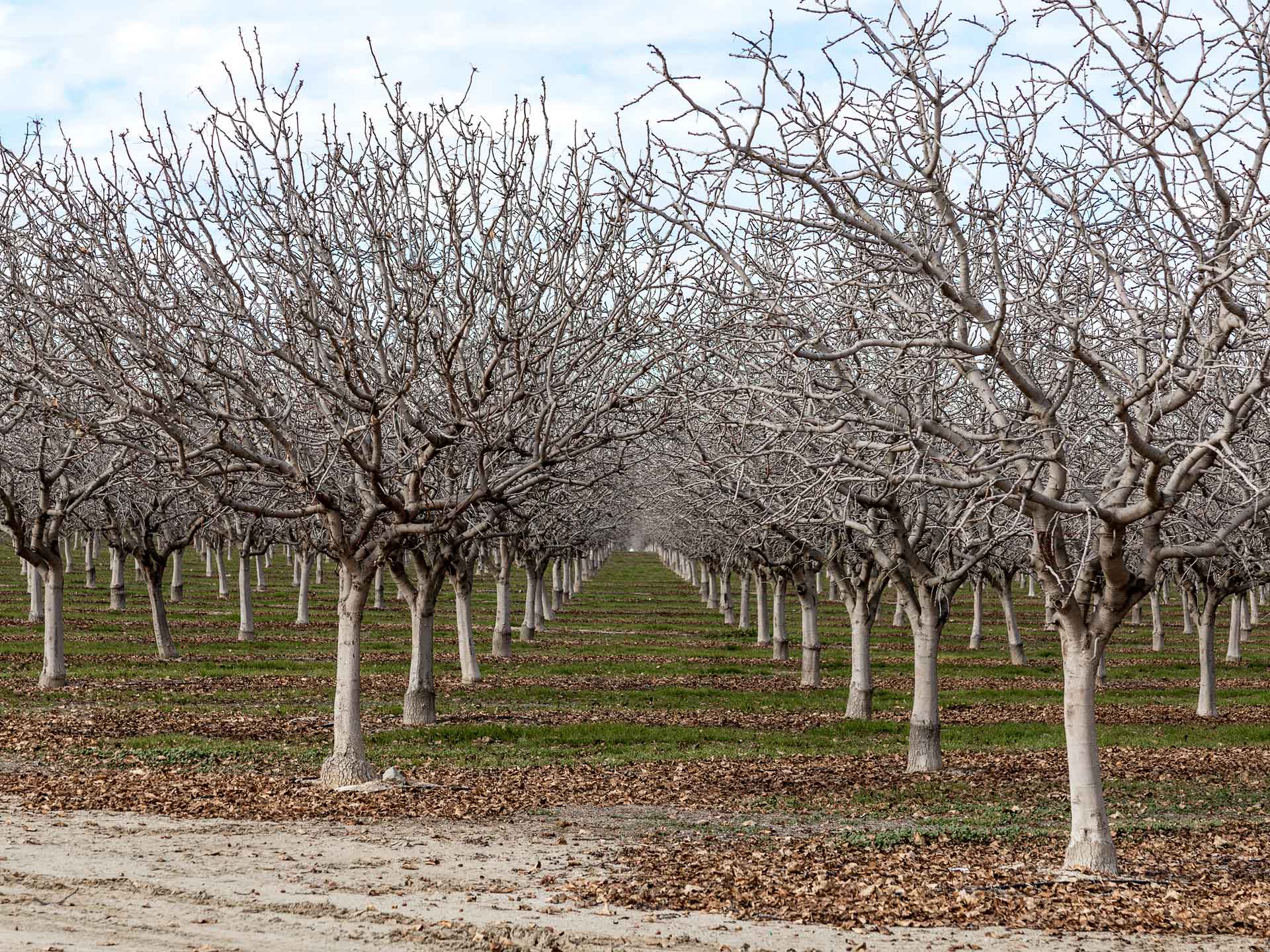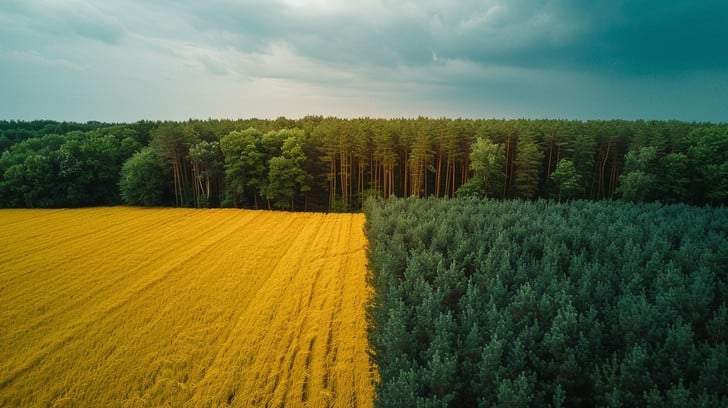Introduction:
In the delicate dance of ecosystems, trees stand as pillars of life, providing innumerable benefits to the environment and all its inhabitants. However, the harrowing prospect of widespread tree destruction raises alarms about the impending ecological catastrophe. This blog delves into the potential future scenarios if trees face widespread destruction, unraveling the intricate web of consequences that could reshape our planet.
1. Loss of Biodiversity:
Trees serve as habitats for a diverse array of plant and animal species. Their destruction would trigger a domino effect, leading to the displacement and potential extinction of countless organisms. The intricate ecosystems that depend on trees for sustenance and shelter would face collapse, resulting in a profound loss of biodiversity.
2. Climate Change Escalation:
Trees play a pivotal role in regulating the Earth’s climate by absorbing carbon dioxide during photosynthesis. Widespread tree destruction would disrupt this crucial process, leading to a rapid increase in greenhouse gas concentrations. The escalating climate change impacts, including rising temperatures, extreme weather events, and disruptions to global weather patterns, would intensify, further exacerbating environmental crises.
3. Depletion of Natural Resources:
Trees are a vital source of raw materials for various industries, including timber, paper, and pharmaceuticals. Their destruction would lead to a depletion of these resources, triggering a cascading effect on economies that rely on forestry. The loss of valuable products derived from trees would disrupt supply chains and lead to economic instability.
4. Water Scarcity and Quality Decline:
Trees play a crucial role in regulating water cycles by absorbing and releasing water through a process known as transpiration. Without trees, there would be an increased risk of water scarcity as groundwater recharge diminishes. Additionally, the absence of tree cover would contribute to soil erosion and reduced water quality, affecting aquatic ecosystems and human communities that depend on clean water sources.
5. Soil Degradation:
The roots of trees play a vital role in stabilizing soil, preventing erosion, and maintaining soil fertility. The destruction of trees would result in increased soil degradation, leading to reduced agricultural productivity, loss of arable land, and heightened vulnerability to natural disasters such as landslides.
6. Impact on Indigenous Communities:
Many indigenous communities have deep connections to forests, relying on them for sustenance, cultural practices, and traditional medicines. Tree destruction would disproportionately affect these communities, leading to the loss of ancestral lands, cultural heritage, and traditional knowledge.
7. Disruption of Rainfall Patterns:
Forests influence regional and global weather patterns, including rainfall distribution. The destruction of trees would disrupt these patterns, leading to changes in precipitation levels. This could result in droughts in some regions and increased rainfall in others, further destabilizing ecosystems and agricultural practices.
8. Loss of Ecosystem Services:
Trees provide a multitude of ecosystem services, including air purification, pollination, and regulation of natural cycles. Their destruction would strip communities of these services, leading to increased air pollution, reduced crop yields, and disruptions to ecological balance.
9. Escalation of Natural Disasters:
Trees act as natural buffers against natural disasters such as floods, hurricanes, and wildfires. Their destruction would remove these protective barriers, making communities more susceptible to the devastating impacts of such events. The frequency and intensity of natural disasters could increase, posing severe threats to human lives and infrastructure.
10. Aesthetic and Recreational Loss:
Beyond their ecological contributions, trees add beauty and tranquility to landscapes. Widespread destruction would result in the loss of scenic beauty and recreational spaces, impacting mental health and the overall well-being of communities.
Conclusion:
The future in a world without trees paints a bleak picture of environmental degradation, loss of biodiversity, and the upheaval of ecosystems. As stewards of the planet, it is imperative to recognize the irreplaceable value of trees and take collective action to prevent their widespread destruction. Reforestation efforts, sustainable land-use practices, and global conservation initiatives are essential steps toward preserving the vital role that trees play in maintaining the delicate balance of our planet. The choice lies in our hands – to safeguard the legacy of trees for future generations or face the dire consequences of a world without their majestic presence.




